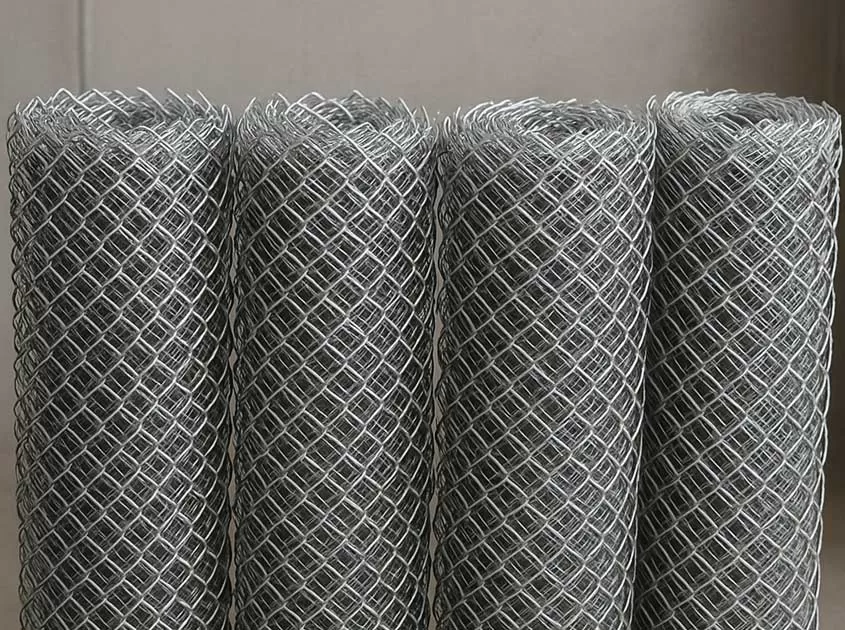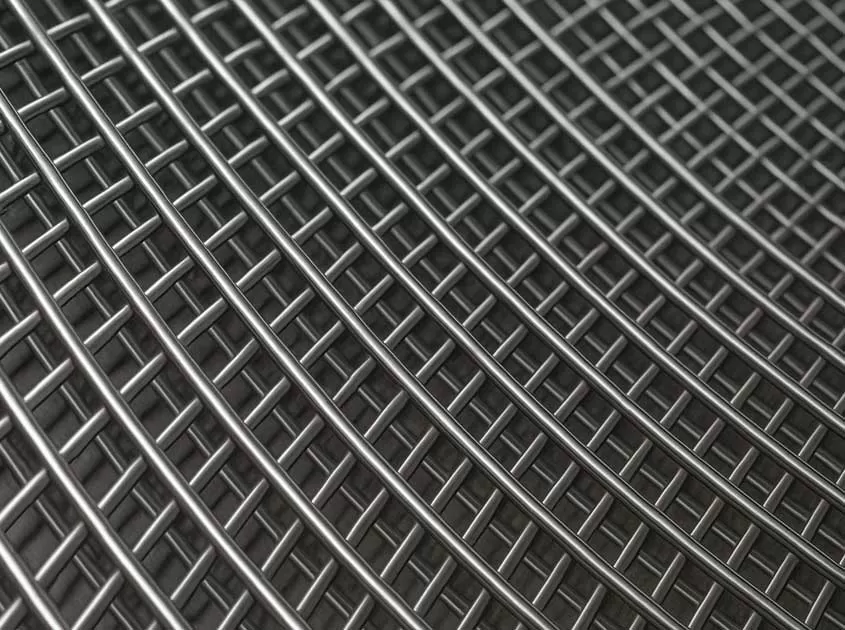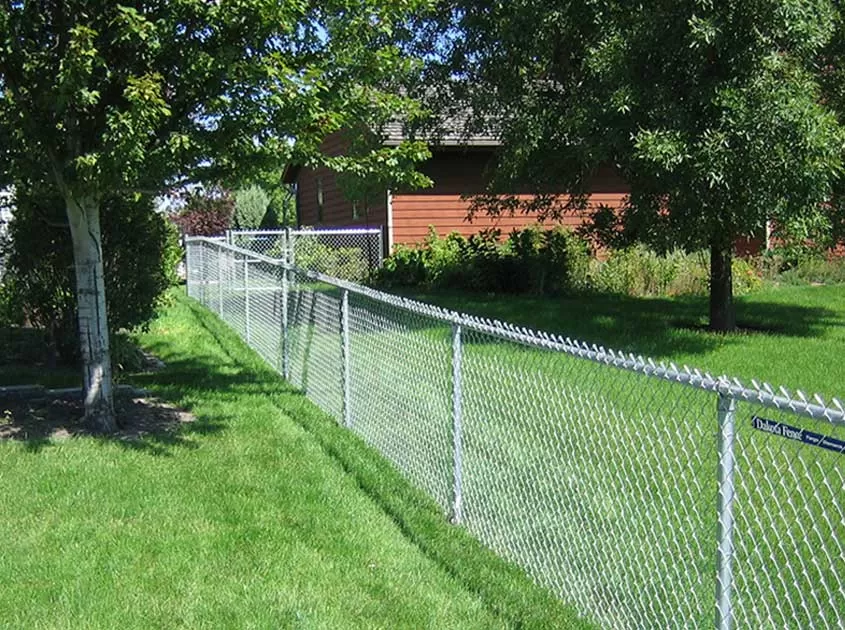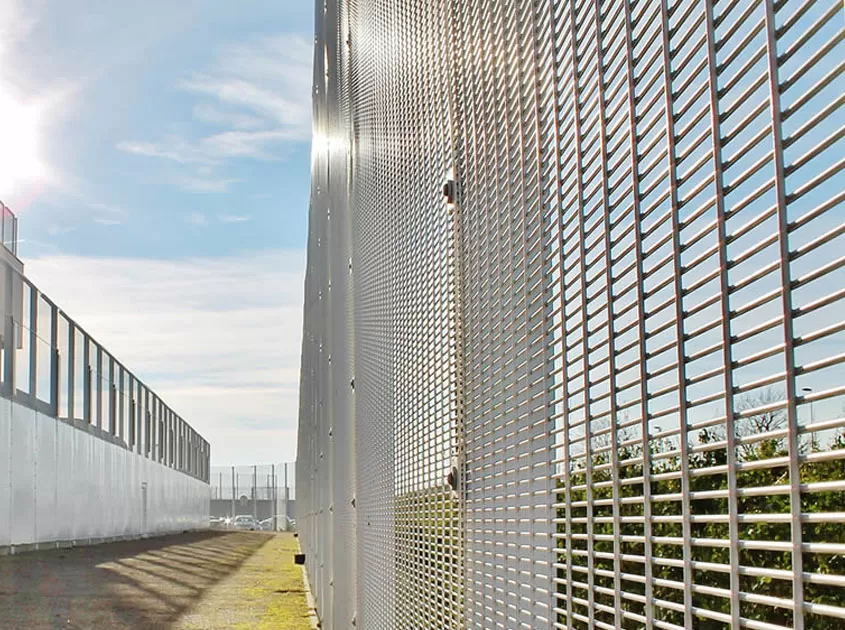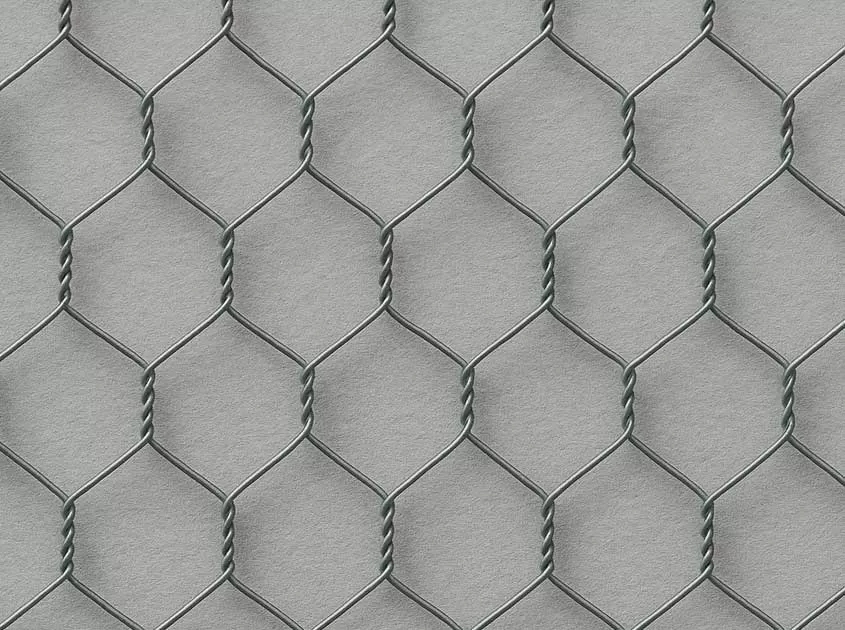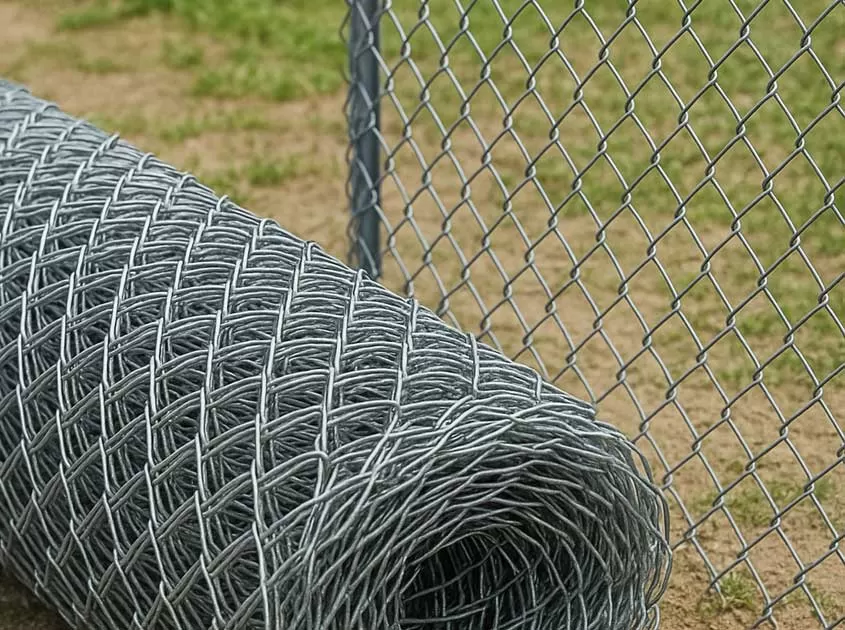The Dual Nature of Chain Link Fences in Architecture
Chain link fences have long been recognized for their practicality and functionality in providing security and defining boundaries. However, their role in architecture extends beyond mere utilitarian purposes. These versatile fences possess a dual nature that combines both practicality and aesthetic appeal, making them a valuable asset in architectural design. In this article, we will explore the dual nature of chain link fences and how they contribute to the overall aesthetic and functionality of architectural projects.
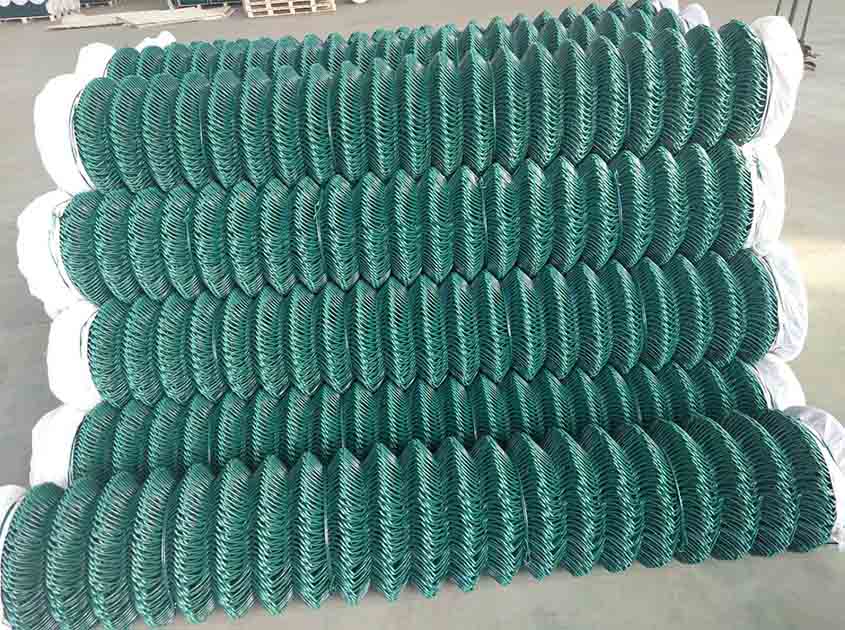
Aesthetic Appeal:
While chain link fences are often associated with industrial and utilitarian settings, they can be creatively integrated into architectural designs to add visual interest and enhance the overall aesthetic. The open mesh design of the fence allows for transparency, creating a sense of openness and connection with the surroundings. When combined with other materials and landscaping elements, such as greenery or decorative panels, chain link fences can become visually appealing features that complement the architectural style of a building. The interplay of light and shadow through the mesh further adds depth and texture to the overall design.
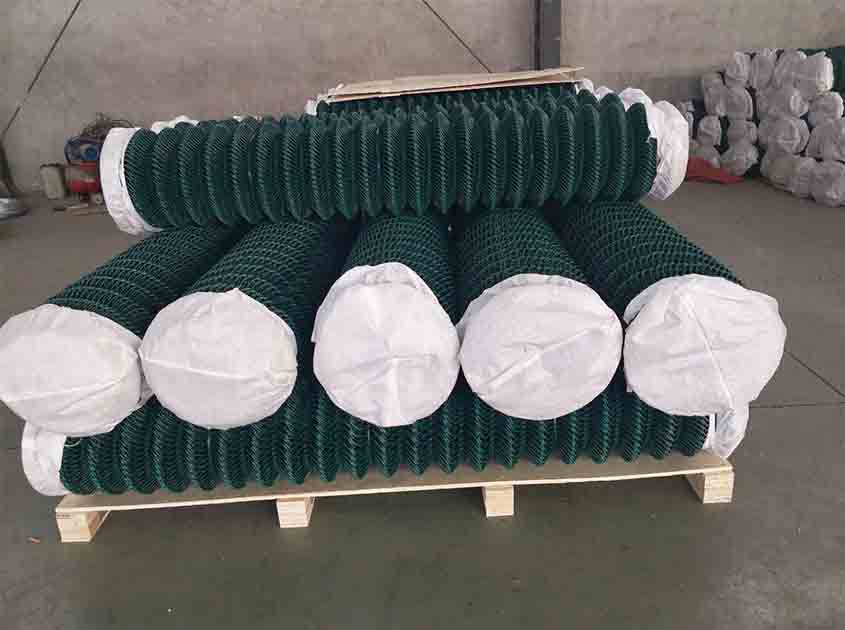
Material Versatility:
One of the key advantages of chain link fences is their compatibility with various materials, allowing for customization and integration into diverse architectural styles. The fence can be combined with wood, metal, or masonry elements to create a unique visual composition that blends seamlessly with the overall design scheme. For example, incorporating wooden posts or metal frames alongside the chain link mesh can soften the industrial look and bring warmth or modernity to the structure. This material versatility provides architects and designers with the freedom to explore different combinations and create a harmonious balance between form and function.
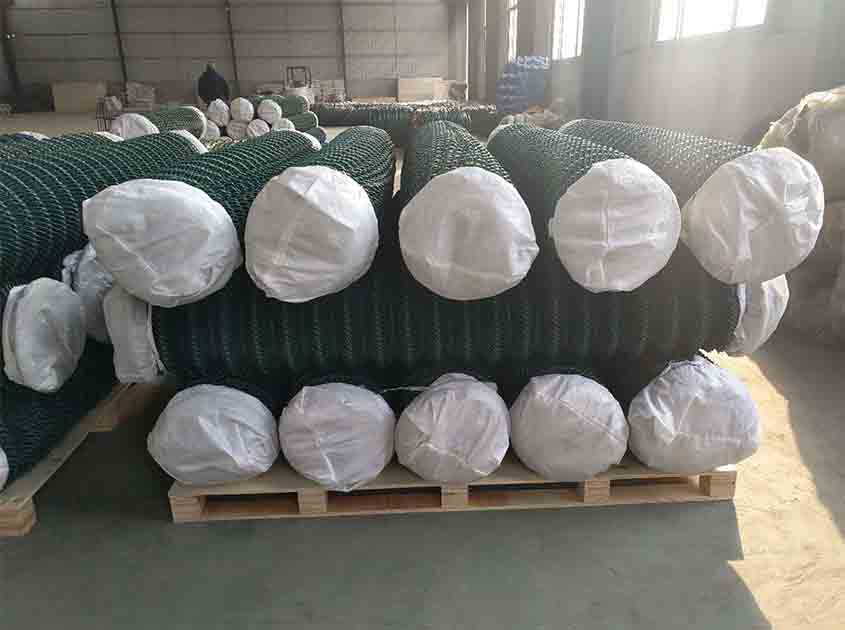
Security and Privacy:
Despite their aesthetically pleasing qualities, chain link fences remain a reliable solution for security and privacy needs. The sturdy steel wire construction of the fence provides a high level of durability and resistance, making it a robust barrier against unauthorized access. With the addition of privacy slats or vegetation, chain link fences can offer enhanced privacy without compromising on airflow and natural light. This dual functionality makes them suitable for a range of architectural applications, from residential properties to commercial establishments.
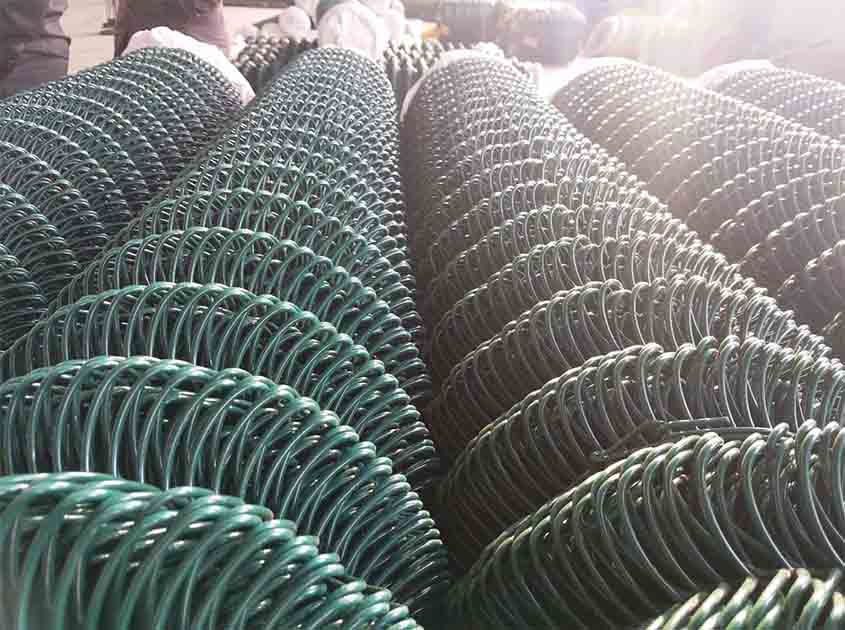
Cost-Effective Solution:
Another advantage of chain link fences is their cost-effectiveness compared to other fencing materials. The simplicity of the design, combined with the ease of installation and low maintenance requirements, makes chain link fences a practical choice for architectural projects with budget constraints. The affordability of these fences allows architects and developers to allocate their resources to other aspects of the project without compromising on security or design.
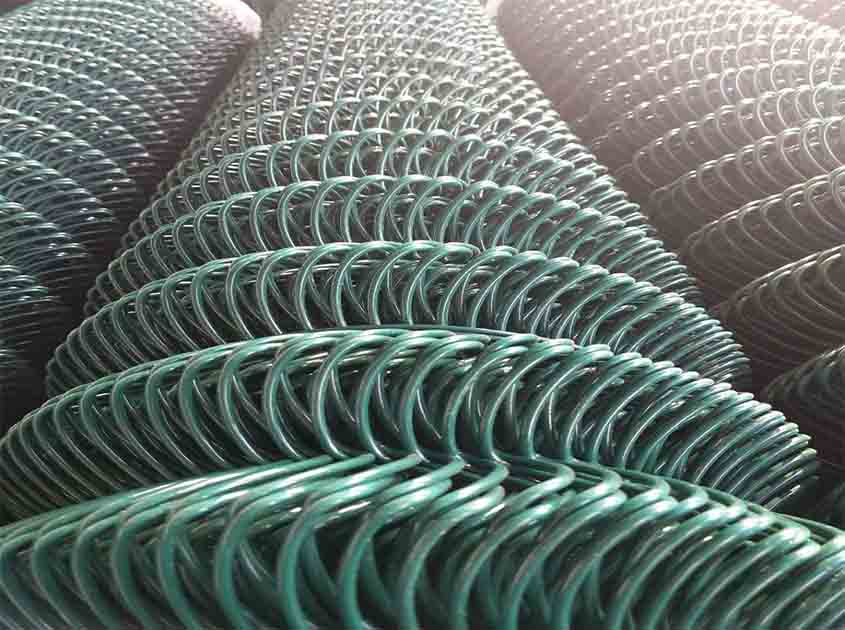
Sustainable Design:
In today's environmentally conscious era, the sustainable attributes of chain link fences should not be overlooked. The use of recycled materials in their production and the fact that they are fully recyclable at the end of their lifespan contribute to a more sustainable approach to architecture. Additionally, the transparency of the fence allows for better air circulation and reduces the need for artificial lighting, thus promoting energy efficiency within the built environment.
-
 Corrosion-Resistant Stainless Steel Wire Mesh Oct 28, 2025
Corrosion-Resistant Stainless Steel Wire Mesh Oct 28, 2025

- Tel.: +86 311 83077076
- E-mail: sales@qunkunmetal.com
- Skype: qunkunsales01
- WhatsApp: 8618032412189
- Add.: No.69 The Filter Industrial Part of Anping, Hebei, China




